We all know how this goes – boy meets girl then marries girl and the nuclear family dream persists. Familiar narrative, yet decorated with drama to suit the plot…all in the interests of viewing pleasure and rising ratings. Wedding season aside, major life cultural celebrations such as weddings – all fit the fabric of culture that cuts across race, age and sex.
This all-too familiar fairy-tale has wings that flutter into the tapestry of all our lives, especially for those of us who are TV drama, soapie and telenovela enthusiasts who somewhat live vicariously through the characters. These wings land at a point where we are ready to experience these major life events with the characters we perceive as real at some level. Be it a wedding, coming-of-age ritual or anything of the sort, we want to feel as though we are a part of it, even though we are temporarily separated by and inch wide glass, metal and plastic mechanic.
Back in the day, we used to religiously watch the likes of SABC 1’s Generations every Thursday night in order to not miss any “Big Day” of an on-screen couple. This was before the soapie became a daily ritual and the major life events more frequently occurring. For MNet’s Egoli and SABC 2’s 7 de Laan, the story is pretty much the same. At this point though, traditional outlets of TV content held the control in determining what we would witness, which characters would play key roles and how this would play out. The show itself, which adhered to a specific timeslot in our personal diaries dictated by the channel’s preference, was the only platform we, as viewers, could experience the major life-event.
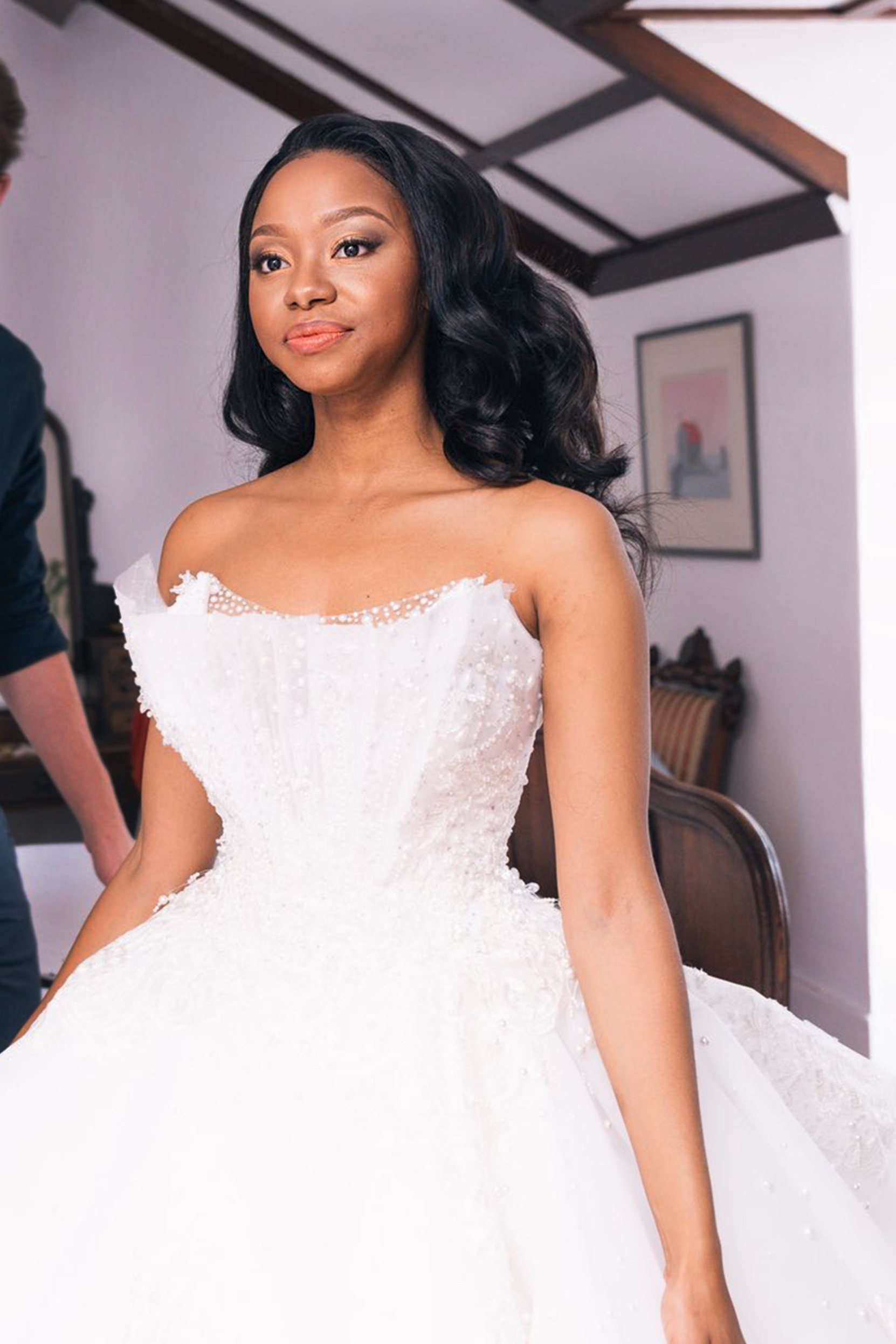
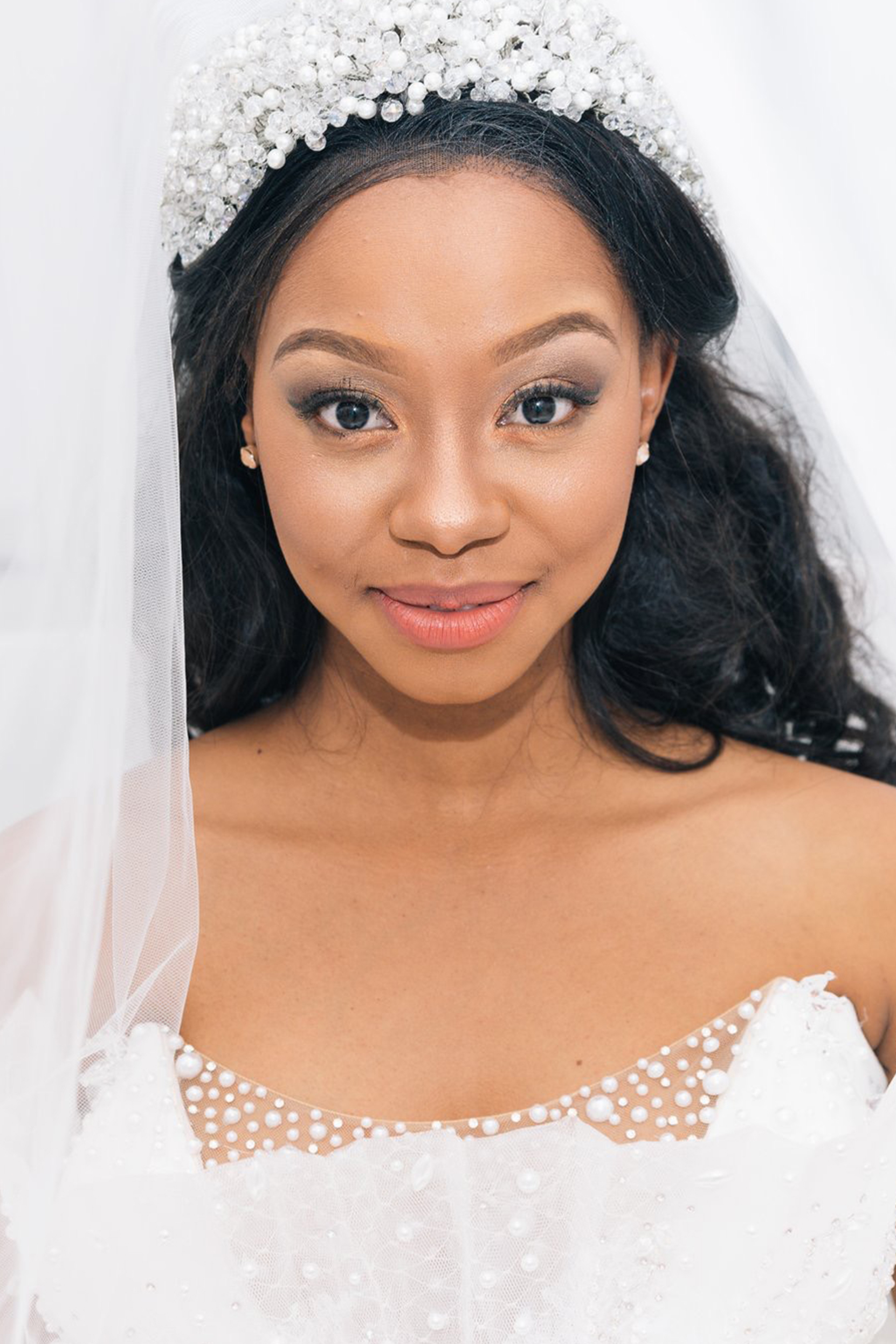
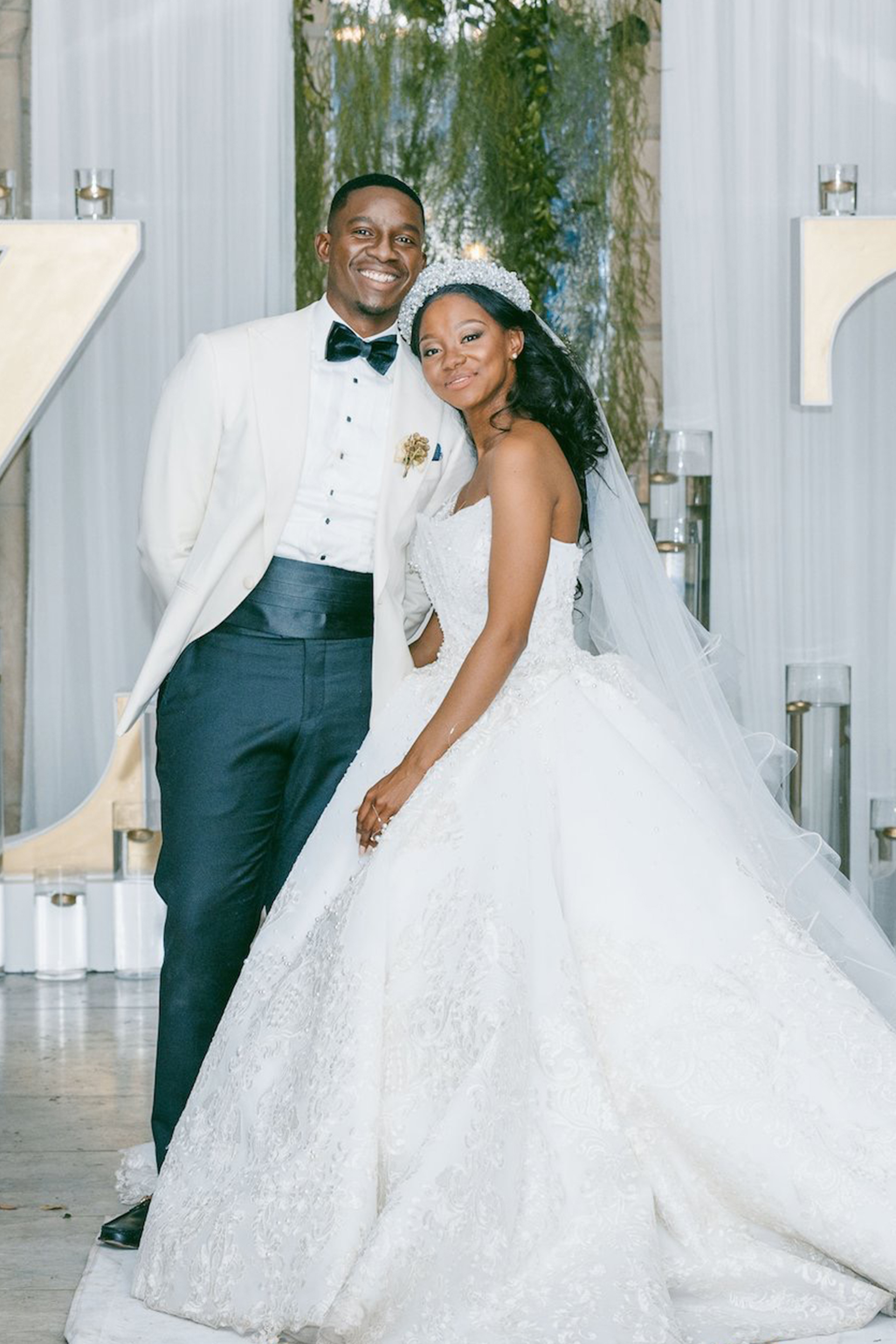
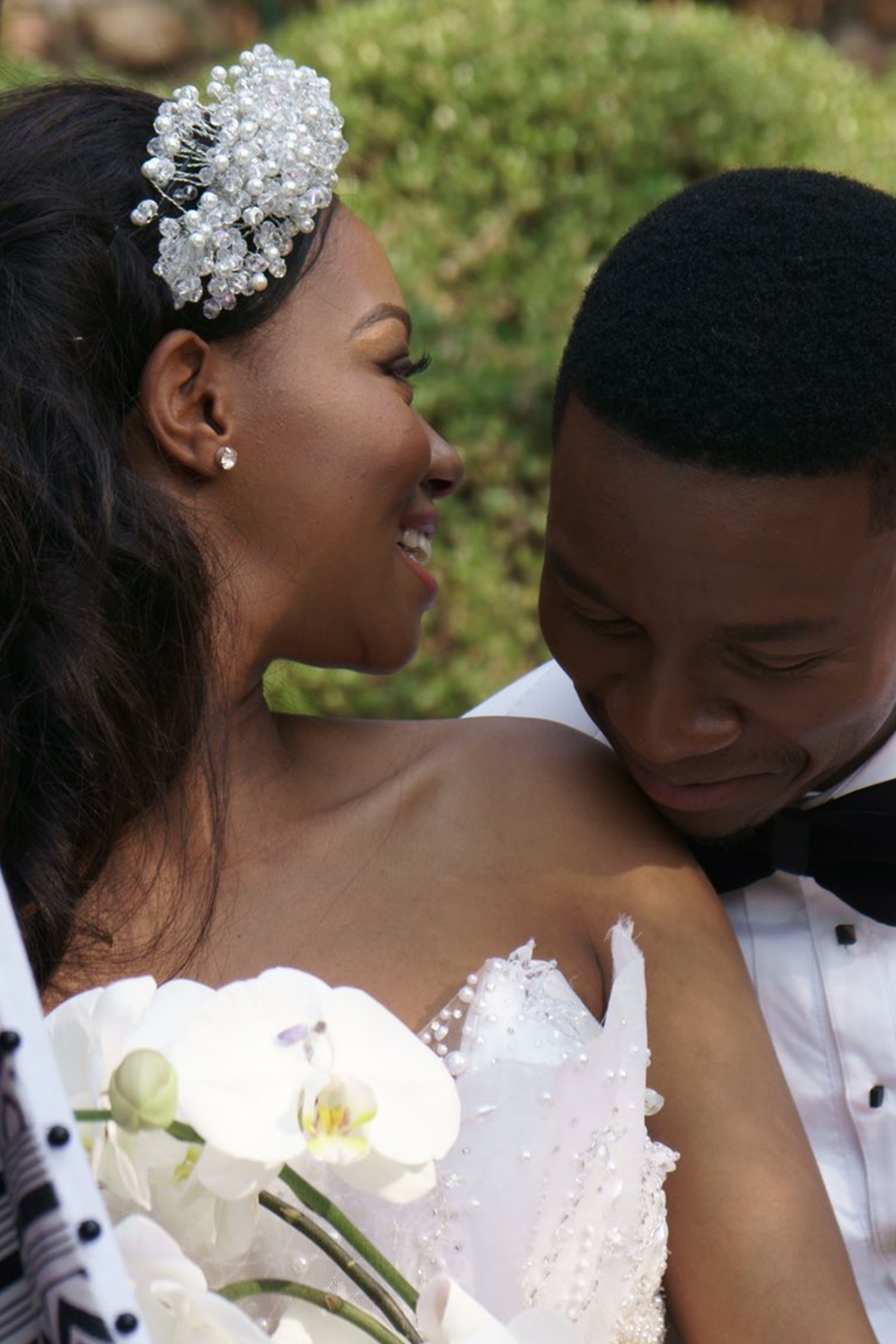
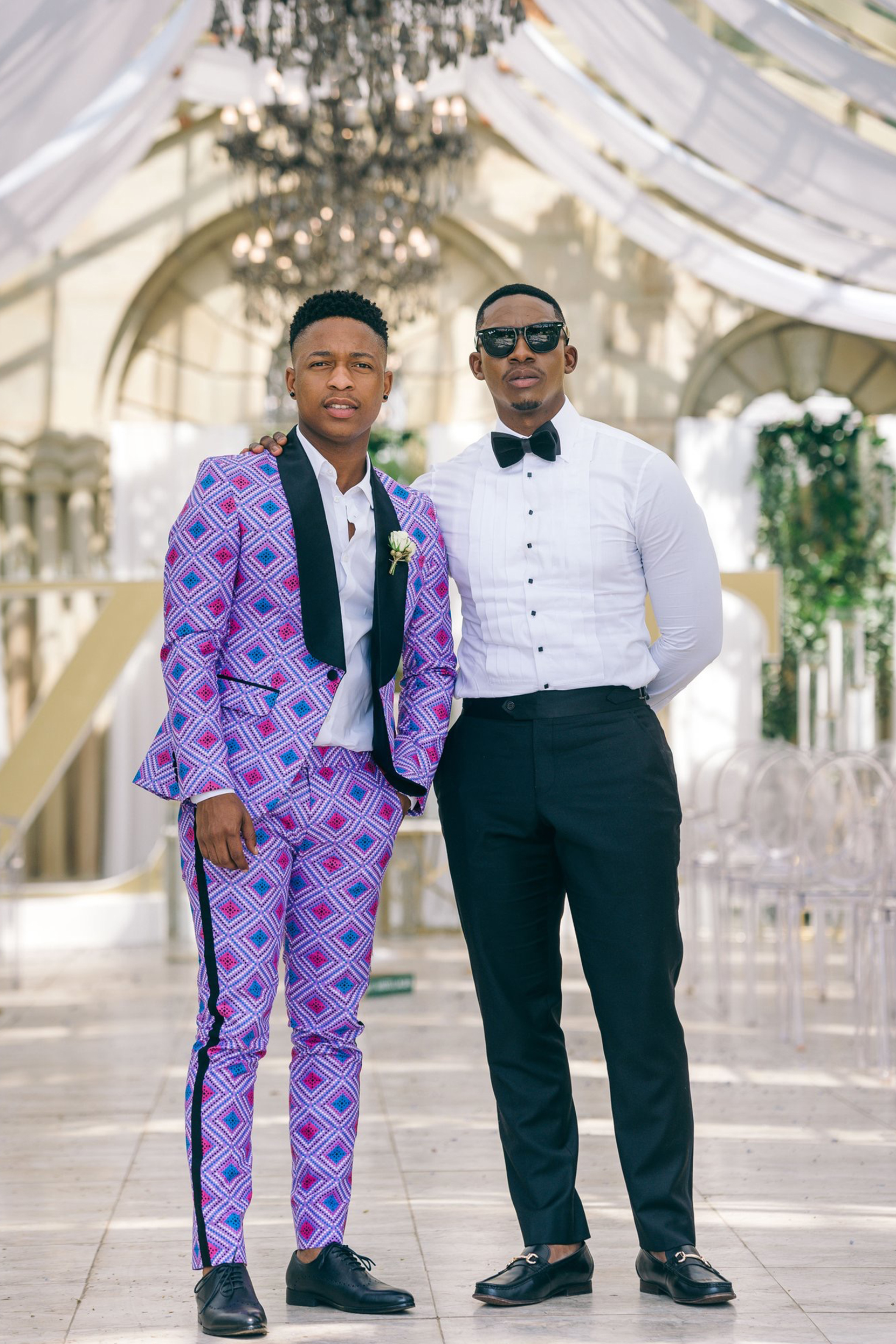
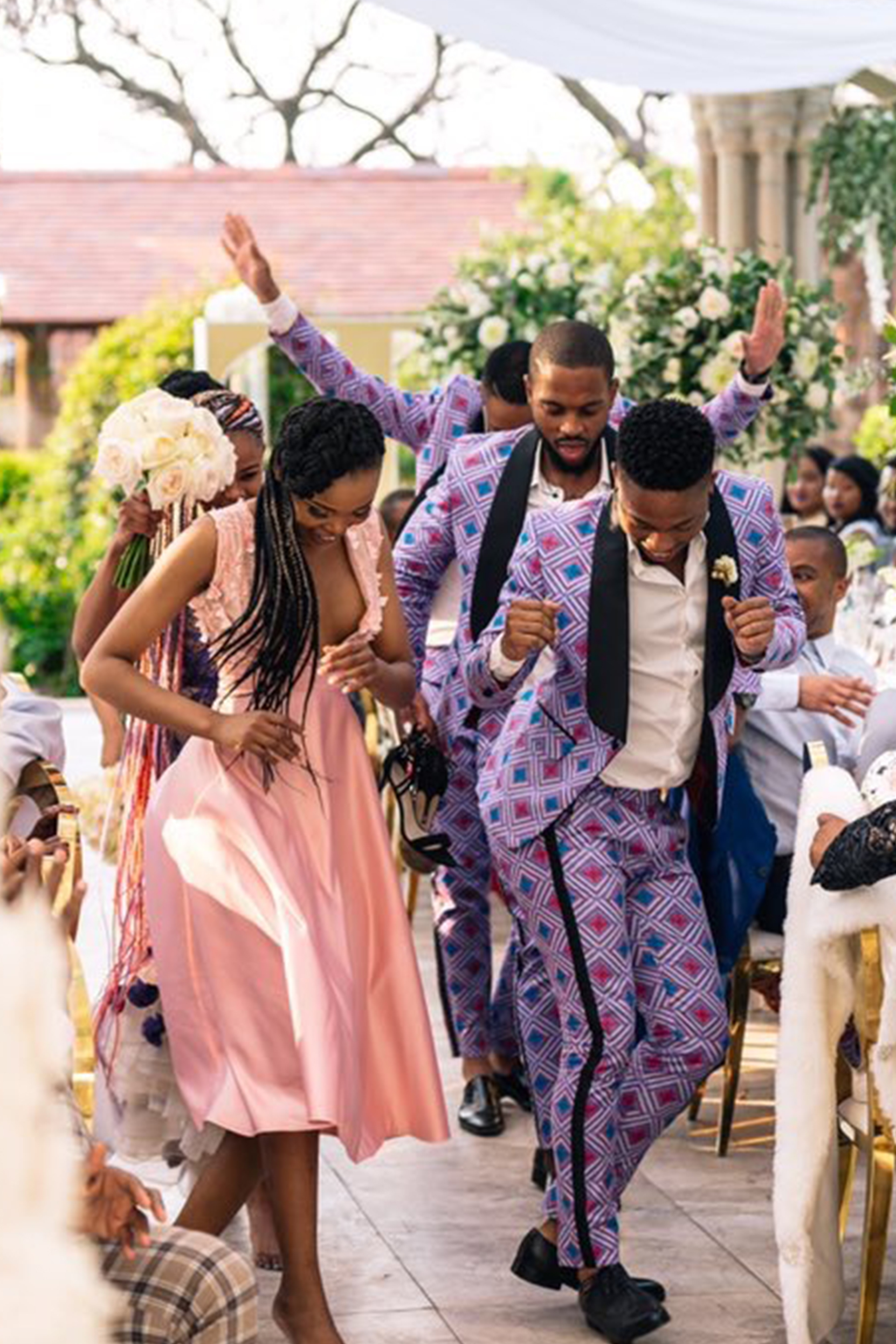
Then the extreme interest in cultural events and major life events became such a ratings driver, that certain channels began to strategically make use of the multi-platform approach in order to generate even more interest in the shows during these moments of peaked interest. Platforms extended to print magazines where weekly titles such as Drum, YOU and Huisegenoot and monthly titles such as Bona and True Love magazine, extended the real-life couple concept for cover consideration to on-screen couples. Who can forget the love-triangle covers which titles such as Move and Drum still leverage today? The fact that their readers were the same consumers of these television shows made for the safe assumption that the interest of audiences in the lives of these on-screen characters was just as strong, if not more, than that of real-life celebrity couples. This approach saw a new era of strategic marketing tactics for the TV industry which resulted in higher circulation numbers and extensive readership for print titles – a win-win situation.
This strategic sharing of content to engage a captive consumer base then extended to TV platforms which lived on competitor channels. While the show has evolved to offer a number of content pillars, back in the day, SABC 3’s Thursday night staple Top Billing was admired for its weddings and home reviews – still consistent features of the show. After the promo-reel, one would eagerly wait for Basetsana Kumalo or Ursula Stapelfeldt Chikane to announce a wedding feature when they ushered in the glory of glamour with the famous phrase, “Tonight on Top Billing…” The traditional coverage of real-life couple nuptials soon extended to the behind-the-scenes preparations for the nuptials of our favourite on-screen couples. This was somewhat of a first for SA television as viewers got to see the reality behind a television production set, let alone one for an on-screen wedding or major life event. The surprisingly small size of sets, oddity of on-screen arch-rivals breaking bread together between takes, heart-breaking reality that the houses we thought extended forever abruptly cut at a wall to reveal a separation between a rich family’s living room from the poor families shack – the world of fantasy sometimes became a bit too real but more interesting at the same time. The likes of SABC 1’s Selimathunzi and other shows which reflected lifestyle programming followed suit, leading us to the season we find ourselves in now where the advance of digital’s social media has taken this cultural casting to a whole new level.
According to author and journalist, Becky Strieps, one of the top 10 ways in which TV shapes who we are refers to the fact that it sparks socialization. Whether women the world-over have gathered in fine fascinator form over high tea to watch the latest real-life installation of The Royal Wedding on a news channel they would have ordinarily visited from time to time OR whether the millennial mind-set folk watch on-screen character weddings with their phone in-toe ready to enjoy the as entertaining meme’s, content that infuses cultural norms that are relatable and leverage social media makes for more engagement and willingness to watch in order not to be left out of the fray of relevance. Gone are the days when channel alone decided how the plot thickens. The strategic marketing tactics leveraged through social media have evolved to include research & development – nobody is hooking up, getting married, having a baby, cheating, even dying without the consent of the candid Black Twitter, for one.
As viewers, today we get wedding-ready along with the cast whom we’re depending on to do justice to the moment which belongs to the characters and the real fantasy they bring to life. We want to feel involved – see, like and comment as we would any other real celebration. One could argue that the on-set of social media has exasperated that which has remained one consistent feature. Even though the platforms and quality of viewing has changed over the years, as viewers, our incessant need to live vicariously through these characters and their life moments is a key trait of TV consumer behaviour viewing that remains a captive audience winner. As much as viewers go on to source celebration elements (décor, design etc.) which have been identified from the real-life wedding coverage of Mzansi Magic’s reality TV show Our Perfect Wedding, for example, the same applies for character driven weddings for script-driven shows which reflect a reality aspired to.
The best current example which will lead the way for the future of major life events to be depicted on-screen is the wedding of the 2018 TV season, hosted by the parental partnership between the channels 1 Magic and telenovela, The River. One had to have been living in a warped reality to have missed the nuptials between the characters of Zolani and Itumeleng, played by the incomparable Lawrence Maleka and raven on the rise, Larona Moagi.
Even if one had DSTV Compact fomo, the social media images and snippets alone would have enticed one towards a YouTube link or WhatsApp group chat video for a glimpse of the emotional roller-coaster that the wedding of 2018 television showcased. With video snippets which reached close to 70K views and which showcased anything from the challenging lobola negotiations, to the excitement behind wedding preparations, designer dress-fittings, online invitations, images that the cast posted of their looks for the wedding as if it were a real #WeddingSeason IG post, to the nuptials and gqom-inspired “step” dance set against the backdrop of the regretful reality of Itumeleng’s real love, Lindani played by the talented Lunga Thabalala, this wedding seemed as real as any nuptial, clad with its own couple hashtag, #ZoMiLove.
This evolution of using celebratory cultural norms as content leads one to consider what it is about this long-time trend that keeps channel visiting it, keeps audiences glued and ultimately ratings unmatched.
According to Hector Beccera of The Los Angeles Times, as a telenovela, The River fits its description as it tells one self-contained story which has a faster-paced, more concise style of melodrama compared to a typical soap opera. William J. Brown’s article from the Journal of Popular Film and Television entitled “Sociocultural Influences of Prodevelopment Soap Operas in the Third World” (2008) cites that this Latin American inspired form of television has been used by authorities in certain regions to transmit sociocultural messages by incorporating them into storylines. With Latin America and Asia leading the race to dictate culture with this form of television, Africa finds itself picking up on this trend with a few South African shows and a bevvy in the Nollywood market and on the Africa Magic content platforms. Following in the footsteps of South Africa’s first successful telenovela, Mzansi Magic’s Isibaya, and in the company of the currently most successful local telenovela to-date which also happens to be the country’s No.1 rated show, SABC 1’s Uzalo.
For one’s consideration some of the many reasons behind the use of this consistent script-writing theme of depicting cultural celebratory norms that have evolved through the years is that audiences not only see themselves but they see themselves understood, either as a reality they can relate to know or a reality they genuinely aspire to and can attain within reach. It is only really in the most recent years that television has found itself more democratised and at liberty to showcase the reality of cultural celebrations and moments of grief in a manner which mirrors reality. Historically, the upper-end aged millennial and 70’s kids might only recall growing up with TV that showed the basic idea of what a Western marriage day was. A lobola negotiation depicted on-screen was far from being a norm which it is today.
In the debate between TV and radio, TV often gets knocked as not encouraging a consumer of both content platforms to use their imagination.
This argument ignores the fact that if imagination is the head, then courage is the neck – without it, imagination has no standing.
Courage reverberates most if one considers the amount of faith that courage leans on. Faith lies in the fact that all the hands involved in ensuring that what was once only a commissioned concept, before the scriptwriters shaped the characters and casting directors placed the right talent and production teams strategized and arranged for functioning sets and talent embodied people whom they had no real-life reference to but could only imagine in their minds, plays out to become an experience for audiences that means something meaningful enough for them to want to live to enjoy that experience every day.
That is imagination made real, the essence of what makes TV magic.
thebar. Magazine
thebar. is an online magazine, concerned (read: obsessed)
with the local and international film industries.
Our purpose is to elevate these industries and their leaders
by showcasing high quality, breakthrough content which
elicits a strong response from those working inside
the industry and outside it.



